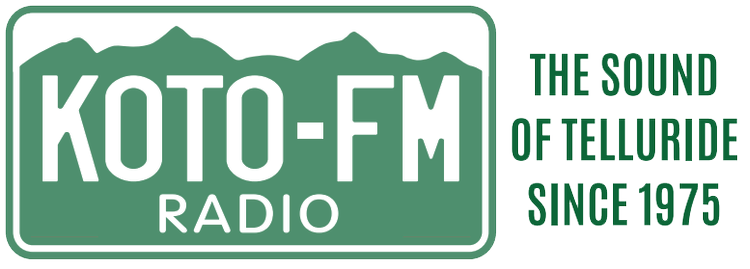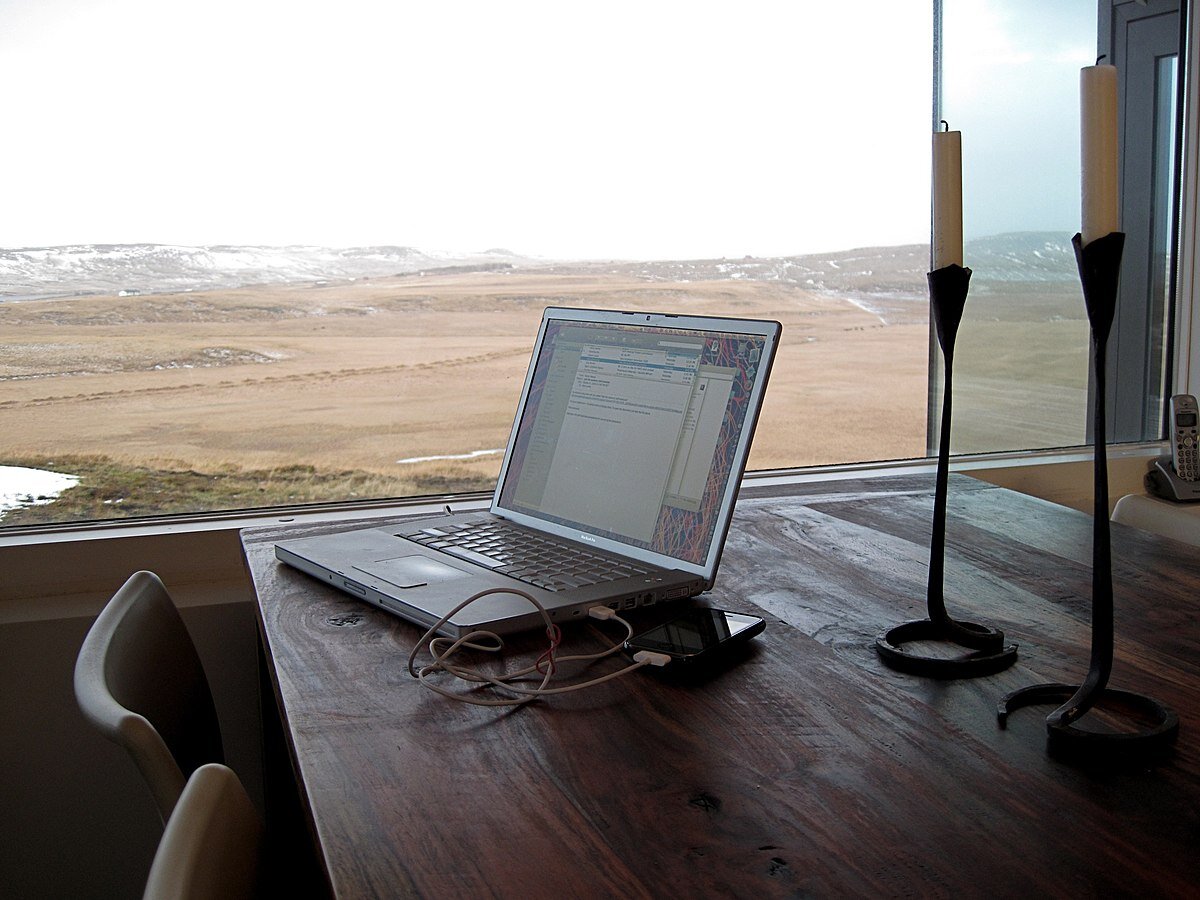By Julia Caulfield
Take a trip down memory lane. To March 2020.
In a newscast from March 18, 2020, KOTO News reported, “with coronavirus spreading across the world, local health officials have been moving fast to keep residents of San Miguel County safe and healthy. Over the past week there have been declared local disaster emergencies, schools and libraries have closed, food establishments are switching to take out only, or closing all together. Now we’re being told to shelter in place.
In Telluride, one of the first things to go was the Free Box. But where some saw a beloved town staple gone, one person saw an opportunity.
‘My name is Brandon Berkel. I’m a local artist in Telluride, Colorado. When you see something you really like you have to just move fast and take it.’
What Berkel saw was a mural canvas.
Just days after the free box was boarded up, the original plywood was transformed into a community art installation.”
Those around in the early days of the pandemic will remember the free box mural. A cowboy with Tom Hanks’ face, covered in a mask, spraying a large green germ. A quote from Toy Story “this town ain’t big enough for the two of us” written at the top.
“Berkel says part of the beauty of the mural is that it won’t be there forever.
‘The mural will be taken down. The Free Box will be open again. The Town will start moving as it always has. It’s still giving little hope that we’re going to make it through this.’” the newscast reported.
But that mural was just the beginning. Jump to months later in the pandemic, Berkel, along with fellow local artist Molly Perrault-Daniel created a series of posters, encouraging residents to COVID safely.
“If you remember in 2020, at the very beginning of the pandemic there were some very scary public notice graphics around town ‘stay at home’ ‘where a mask’ they looked very governmental,” says Perrault-Daniel.
She says it was Berkel’s idea to take the energy from the mural, and create posters to soften the blow.
She says the idea was “to replace the scary public announcement posters and have a friendlier approach to these very important messages that need to go out to locals, visitors, to politely ask them to wear a mask, make sure public distancing, all the messages that went out over COVID.”
Perrault-Daniel and Berkel – in collaboration with the Telluride Arts District – created a series of collage posters.
“They’re just funny little animal faces that we slapped on human bodies,” recalls Berkel. “Local animals: elk, beavers, bobcats, fun little western animals. People. Animal people.”
For months, the artwork hung as a banner across Main Street, on signs along the Spur, as posters around town.
Jump even more years in the future, to now, and those posters are part of Smithsonian’s National Museum of American History archives. The Smithsonian is collecting art and artifacts to preserve and document moments of the COVID-19 pandemic.
“It was spring of 2021, I got a phone call from Ellen Kramer,” Berkel says, “She bought out our posters at the Transfer Warehouse in 2020. She saw that the Smithsonian was collecting COVID art, so she thought it would be fun to donate it and see if she can get her name in the Smithsonian.”
In a description of the art, the Smithsonian comments on the United States’ long history of using posters (humorous at times) for public service announcements, noting Berkel and Perrault-Daniel’s work does just that. Reflecting “both a humorous approach as well as imagery which specifically reflects the community and history of Telluride.”
The posters aren’t on display anywhere (at least currently) but Berkel and Perrault-Daniel say it’s an honor to have their art recognized.
“My grandmother is so pumped. She’s been telling everyone. My family is very proud,” chuckles Berkel, “I don’t have a college degree, but by having this thing archived it gives the feeling that I did something with my education, which was art growing up. It’s like a certificate that I did something.”
Perrault-Daniel, who also works at the Telluride Historical Museum adds it’s not just about them, but the future, and the past.
“It’s a cool reminder that we’re history in the making,” she says, “We’re making history as we go. These posters that we made less than five years ago are part of our active history and people are going to look back on that. And we contributed to it.”
As for what’s next for the artists?
“I’m just going to keep on making collages,” Berkel says “Cutting things up.”
That way they’ll be ready. For the next global pandemic.












